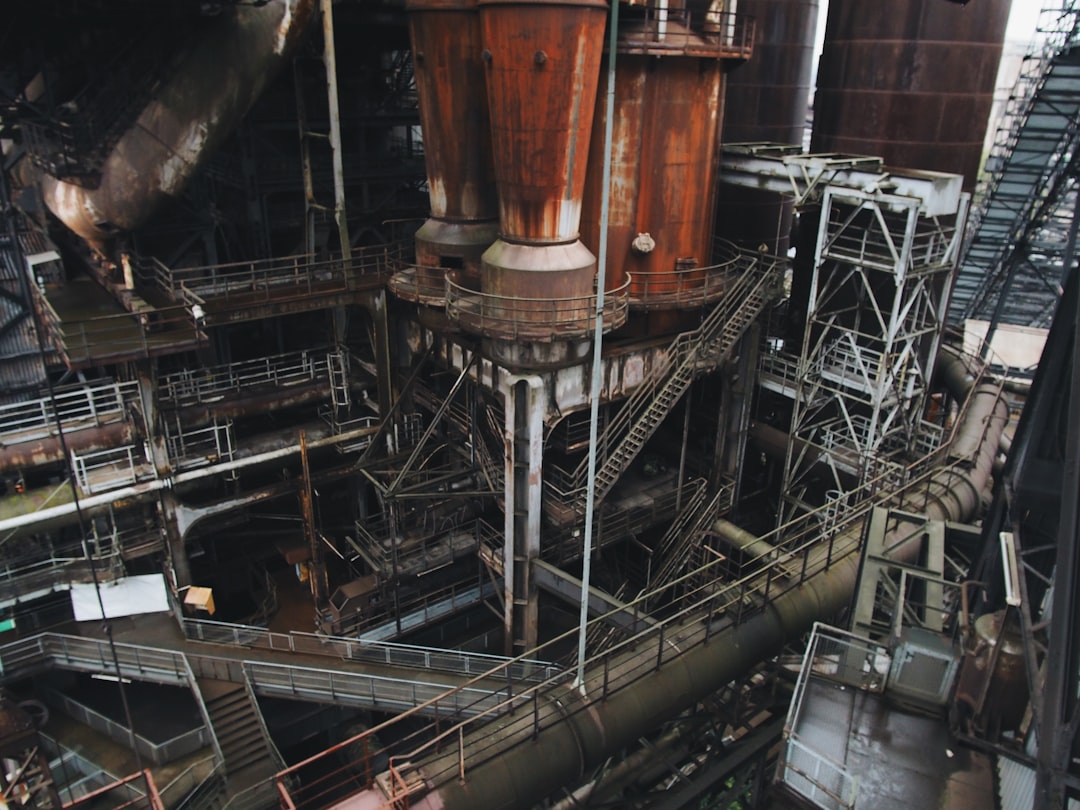body { font-family: sans-serif; line-height: 1.6; }
h1, h2, h3 { color: #333; }
img { max-width: 100%; height: auto; }
The maritime industry relies heavily on robust and reliable materials, and steel pipes stand as a cornerstone of modern shipbuilding. From intricate plumbing systems to crucial structural components, these pipes play a vital role in ensuring the safety, efficiency, and longevity of vessels. This comprehensive guide delves into the multifaceted world of steel pipes in shipbuilding, examining their selection, manufacturing, applications, quality control, and future trends.
1. Choosing the Right Steel: Material Selection for Shipbuilding Pipes
Selecting the appropriate steel grade for shipbuilding pipes is paramount. The choice depends on several factors, including the pipe’s intended application, the operating environment (saltwater exposure, temperature fluctuations), and the required strength and durability. Common steel grades used include:
- Carbon Steel: A cost-effective option suitable for less demanding applications, offering good strength and weldability. However, its susceptibility to corrosion in saltwater environments necessitates protective coatings.
- Low Alloy Steel: Provides enhanced strength and corrosion resistance compared to carbon steel, making it ideal for structural applications and areas exposed to harsh marine conditions.
- Stainless Steel: Offers superior corrosion resistance and high strength, making it a preferred choice for critical systems like piping in seawater ballast tanks or chemical handling systems. However, it is more expensive than carbon or low alloy steel.
- High-Yield Strength Steel: Used in applications demanding exceptional strength and weight reduction, contributing to improved fuel efficiency. This is particularly relevant for larger vessels.
The selection process often involves rigorous testing to ensure the steel meets stringent industry standards and specifications, such as those outlined by classification societies like DNV GL, ABS, and Lloyd’s Register.
2. Manufacturing Processes: From Ingot to Installation
Steel pipes for shipbuilding undergo meticulous manufacturing processes to guarantee consistent quality and dimensional accuracy. Common methods include:
- Seamless Pipes: Manufactured by piercing a heated steel billet, resulting in a seamless, homogenous structure with superior strength and resistance to pressure. This method is preferred for high-pressure applications.
- Electric Resistance Welded (ERW) Pipes: Formed by rolling a steel strip into a cylindrical shape and welding the edges using electric resistance. ERW pipes are generally more cost-effective than seamless pipes but may exhibit slightly lower strength in the weld area.
- Submerged Arc Welded (SAW) Pipes: Similar to ERW, but the welding process takes place under a layer of flux, resulting in a high-quality weld with excellent penetration.
Post-manufacturing processes, such as heat treatment, surface finishing (e.g., painting, galvanizing), and non-destructive testing (NDT), ensure the pipes meet the required specifications and are free from defects.
3. Diverse Applications: Steel Pipes Across the Vessel
Steel pipes are integral to various systems within a ship, including:
- Fluid Transfer Systems: Carrying water, fuel, lubricants, chemicals, and other fluids throughout the vessel. The pipe material and diameter vary depending on the fluid’s properties and pressure.
- Fire Protection Systems: Essential for safety, transporting water or fire-suppressing agents to extinguish fires. These pipes are often made from high-strength, corrosion-resistant materials.
- Ballast Water Systems: Used to maintain stability and control the ship’s draft. Pipes in these systems require excellent corrosion resistance due to constant exposure to saltwater.
- Structural Support: In some cases, steel pipes contribute to the vessel’s overall structural integrity, providing support for decks, bulkheads, and other components.
- Exhaust Systems: Carrying exhaust gases from engines and generators. These pipes must withstand high temperatures and potentially corrosive gases.
4. Ensuring Quality: Rigorous Testing and Inspection
Quality control is critical in shipbuilding, and steel pipes are subjected to rigorous testing throughout the manufacturing and installation process. These tests may include:
- Chemical Composition Analysis: Verifying that the steel meets the specified chemical composition.
- Mechanical Testing: Assessing the steel’s tensile strength, yield strength, and elongation.
- Hydrostatic Testing: Pressurizing the pipes with water to check for leaks and ensure they can withstand the intended operating pressure.
- Non-Destructive Testing (NDT): Employing techniques like ultrasonic testing, radiographic testing, and magnetic particle inspection to detect internal and surface flaws.
- Dimensional Inspection: Verifying that the pipes meet the specified dimensions and tolerances.
These tests help ensure the integrity and reliability of the steel pipes, contributing to the overall safety and performance of the vessel.
5. Future Trends: Innovations in Steel Pipe Technology
The shipbuilding industry is constantly evolving, and advancements in steel pipe technology are playing a key role in improving efficiency and sustainability. Future trends include:
- Advanced Steel Grades: Development of high-strength, lightweight steels with improved corrosion resistance and weldability.
- Optimized Pipe Design: Utilizing computational fluid dynamics (CFD) and finite element analysis (FEA) to optimize pipe design for improved flow characteristics and reduced weight.
- Smart Pipes: Incorporating sensors and monitoring systems to track pipe conditions, detect leaks, and optimize maintenance schedules.
- Sustainable Manufacturing Processes: Adopting environmentally friendly manufacturing practices to reduce the carbon footprint of steel pipe production.
- Additive Manufacturing: Exploring the potential of 3D printing for creating complex and customized pipe designs.
These innovations will contribute to the construction of safer, more efficient, and environmentally friendly vessels in the years to come.
The use of steel pipes in shipbuilding is a critical aspect of vessel construction and operation. Careful selection, rigorous manufacturing, and stringent quality control are essential for ensuring the safety, reliability, and longevity of these vital components.
SEO Tags:
Steel pipes shipbuilding, marine steel pipes, shipbuilding materials, steel pipe applications, shipbuilding technology




